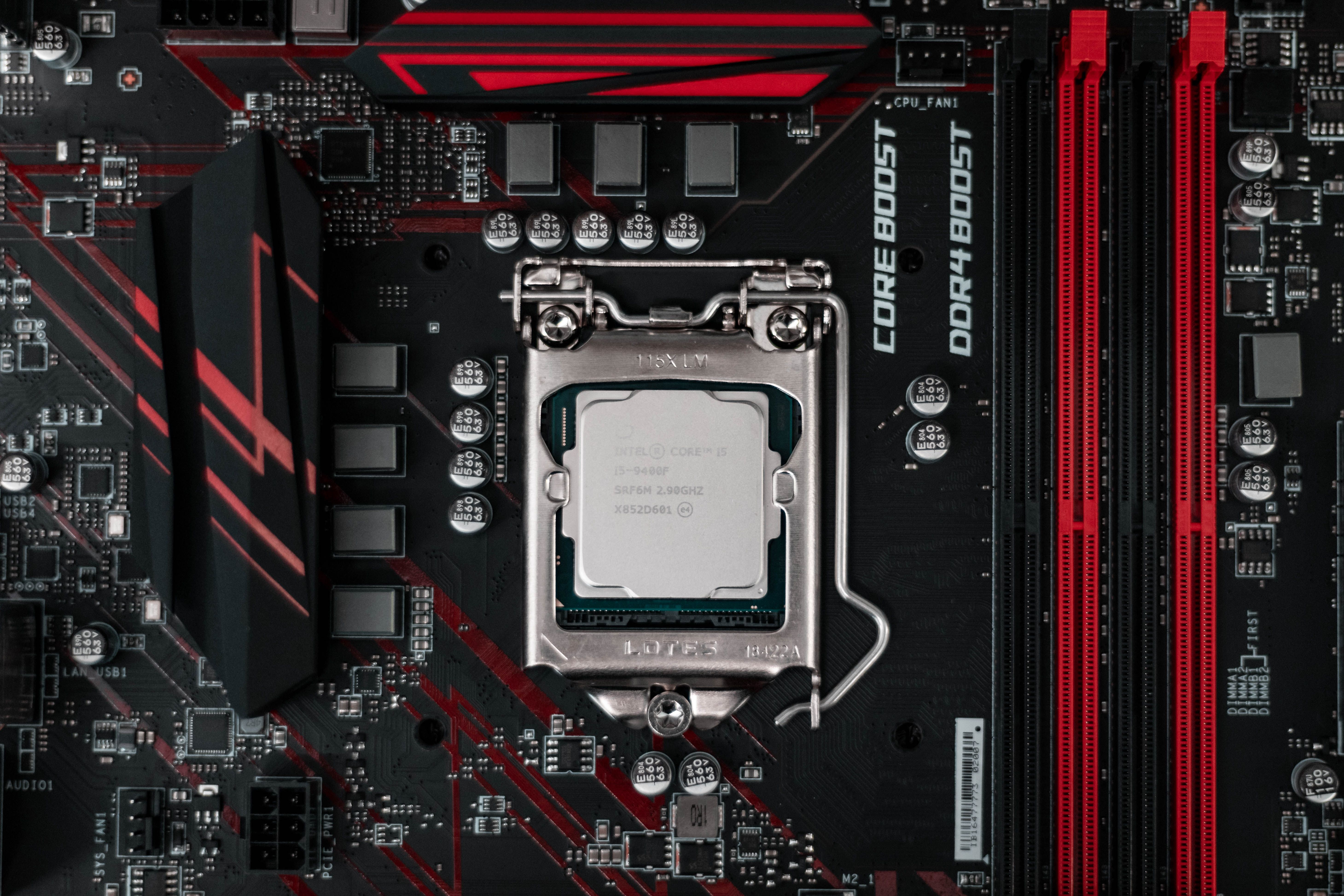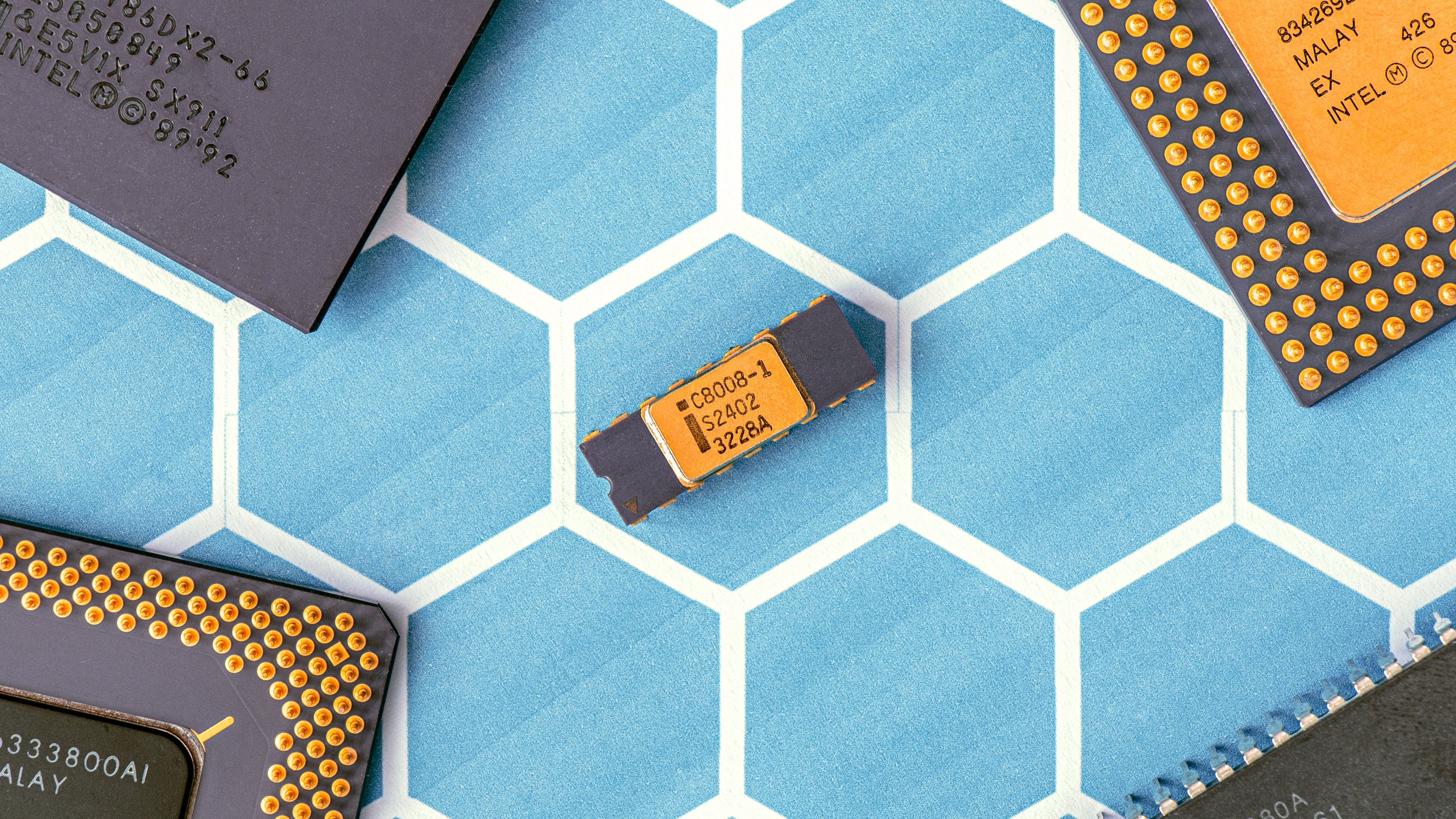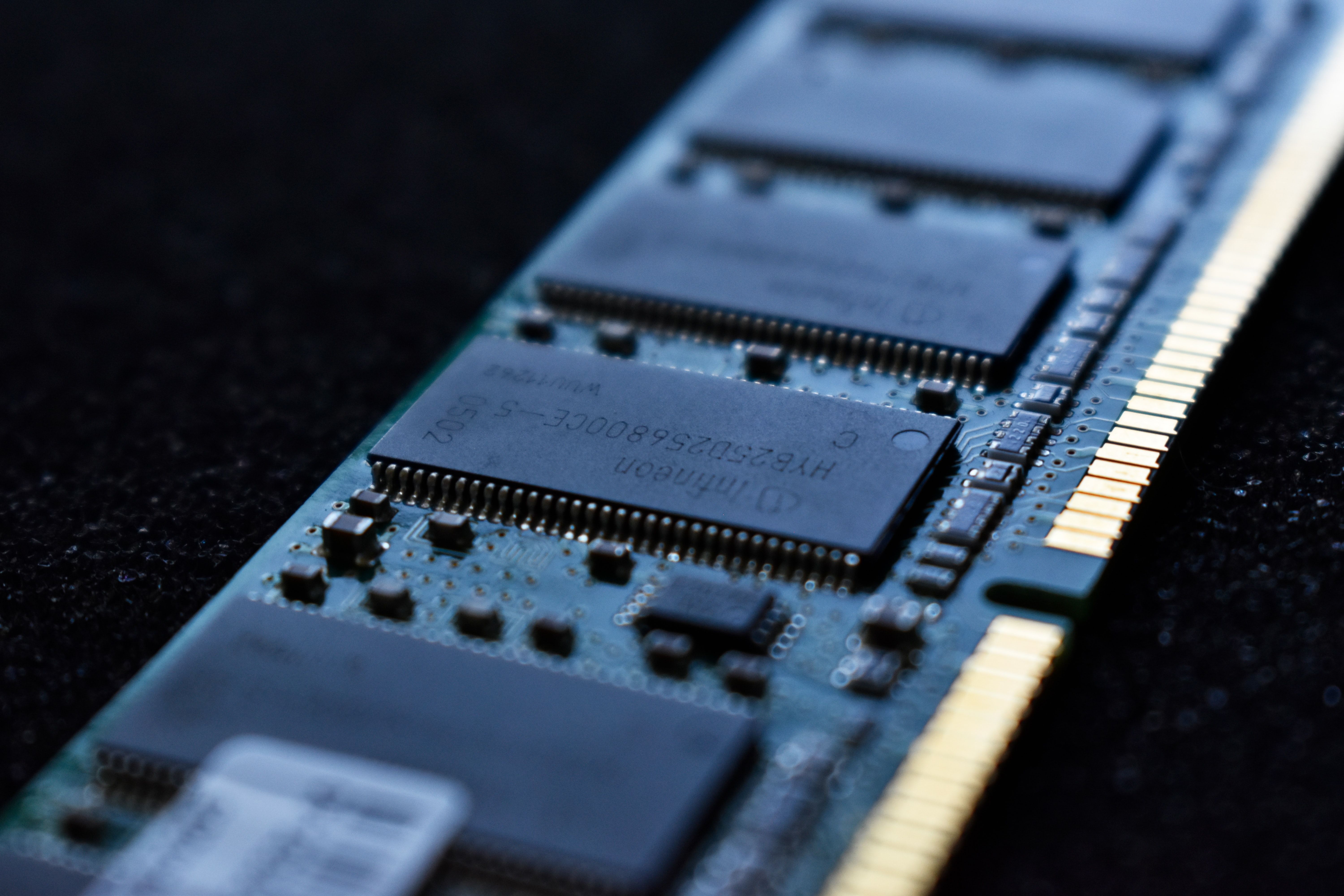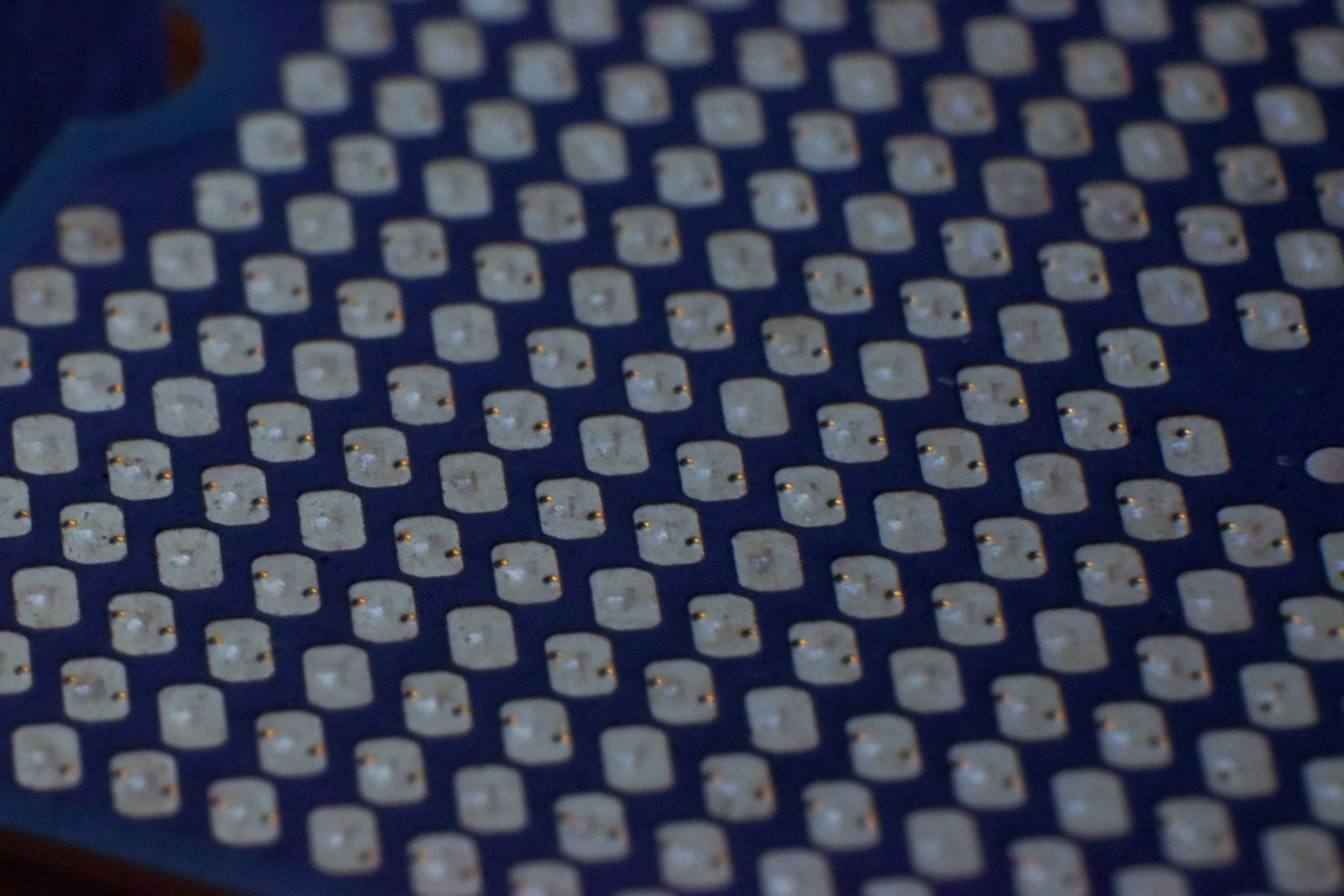Since the launch of AMD's Ryzen lineup in 2017, Intel's performance throne in the desktop space has been endangered.
In 2020, with the launch of the Ryzen 5000 series, Intel was finally dethroned, with the subsequently launched 11th-gen Intel Rocket Lake CPUs not making much progress in claiming it back.
Luckily for Intel, they do have an ace up their sleeve: their upcoming Alder Lake CPUs. The new CPUs are noteworthy not just because they mark a series of firsts for Intel in the desktop space, but also because it presents Intel with a realistic opportunity to claim back the performance crown.
But what is Intel Alder Lake, and why are these new CPUs so important?
1. big.LITTLE-Like CPU Core Setup
To understand this part a little bit better, we need to understand a little bit better how multi-core CPUs currently work and how Alder Lake will deviate from that formula.
Modern multi-core CPUs carry two or more processing units, known as cores (a big chunk of them carry at least four). A processor with multiple cores can complete tasks more efficiently than a single-core CPU because the system can divide tasks between those cores.
High-end CPUs, like the Ryzen 9 5950X, come with 16 cores. In the server and workstation space, CPUs can come with up to 64 cores. They often feature multithreading, meaning that each core has 2 threads. But, at least in the desktop space, all cores within a CPU are equal.
However, that's not the case with ARM CPUs, which are often used in smartphones. There, it's often common to see some variation of what is known as the big.LITTLE architecture, where CPU cores are divided into "tiers."
There are "little" cores, which are low-power and efficiency-focused and are meant to handle non-demanding background tasks, and "big" cores, which are more power-hungry and meant to tackle more demanding tasks. Workloads can be swapped between big and little CPU cores on the fly. This allows for increased performance and better power savings than what you would achieve with clock scaling alone.
Up until now, this was an ARM-only thing. Intel briefly flirted with this concept on "Lakefield" low-power laptop CPUs, and the Intel Core i5-L16G7 featured one "big" core and four "small" cores for a rare Penta-core setup. Alder Lake will see Intel use such a setup for the first time on desktop x86 CPUs.
Alder Lake CPUs will feature a hybrid architecture featuring Golden Cove cores for its "big," power-hungry cores and Gracemont cores as its "little," power-efficient cores. This should net Intel both performance improvements and potentially a drop from its current power requirements, which is a much-needed change. Intel also co-engineered a special thread scheduler, which will be included on Windows 11 to support the new core configuration.
The Intel Core i9-12900K is rumored to come with 16 cores and 24 threads, with 8 multi-threaded Golden Cove cores and 8 single-threaded Gracemont cores. Other Intel CPUs, like the Intel Core i3, i5, and i7, will presumably have more modest core setups but will presumably also feature big and little cores as well. We'll have to see how the changes end up materializing once Alder Lake CPUs are out, but they seem to be looking good so far.
2. 10nm Process (Finally!)
Alder Lake is also the first generation of Intel CPUs where the company will be moving on to a 10nm process on its desktop chips. Intel has notably had several issues in this transition, which was due years ago and resulted in them being stuck with 14nm chips right up until Rocket Lake. So the best way to describe Intel's Rocket Lake CPUs and their fabrication would be either "old reliable" or "geriatric," depending on who you ask.
It's built on Intel's 14nm process, which has been a thing since Skylake launched in 2015. While Intel did just fine with it for years, it was getting increasingly harder to balance performance, power draw, and thermal requirements.
The Core i9-11900K performs amazingly for games, but it was also shown in tests to draw over 300 watts during peak usage and heat exceeding 100°C during demanding workloads. This is also an 8 core, 16 thread CPU. By contrast, competing AMD Ryzen chips are also notable for being power-hungry and getting hot. Still, these chips are also generally considered easier to tame thermally despite having similar clock speeds and higher core counts, which can partly be attributed to AMD using a 7nm process in their chips.
With Intel's 12th gen chips, they're finally moving on to 10nm. They've been using a 10nm process on their laptops for a while, but they weren't able to make a move on desktop. Now, it's finally happening. Intel's 10nm node, named "Intel 7" and formerly called "Sapphire Rapids," comes with thermal and performance improvements that were much needed on team blue. This, together with the hybrid architecture we mentioned earlier, should result in a considerable decrease in power draw and easier-to-tame thermals.
3. DDR5 RAM and PCIe 5.0 Support
Alder Lake is set to be the first Intel CPU family to bring support for both DDR5 RAM and PCI Express 5.0. Of course, these are new technologies that AMD will also eventually adopt, potentially very soon, so they're not exactly things that will put Intel right ahead in the game. But it's still stuff that deserves a mention because Intel has lagged behind on innovation throughout the past few years.
Notably, AMD was the first to support PCI Express 4.0 on their processors with the launch of the Ryzen 3000 series of processors, while 10th gen CPUs notably only had support for PCI Express 3.0 speeds. Intel's 12th gen CPUs, on the other hand, would be both the first consumer processors to support DDR5 RAM, which will most probably be a rough technology once it first releases to the market, and PCI Express 5.0, which will allow for a whopping 63 GB/s bandwidth over a PCIe x16 connection.
4. LGA 1700 Socket
Last but not least, Intel's Alder Lake CPUs will come with the most notable socket change to Intel CPUs since LGA 775 was introduced in 2004: LGA 1700. While Intel likes changing sockets every couple of generations and LGA 1200 is fresh, LGA 1700 is still a notable change.
See, every time Intel has changed sockets, they've kept the same overall shape: a square-shaped CPU with not more than a few pins being added every couple of years. Even AMD has that shape, even though their chips are physically bigger and based on a PGA (pin grid array) layout instead of an LGA (land grid array) layout like Intel's chips—although it's expected that AMD's upcoming AM5 socket will make the long-awaited switch to LGA.
LGA 1700 is more of a rectangle, a shape that resembles more of a HEDT or server CPU than a consumer one. It features 1,700 pads on the bottom, as its name hints, compared to the LGA 1200 socket's 1,200 pads. And that's probably for a good reason. All the underlying changes coming with Alder Lake, together with the performance improvements they want to achieve, command a more complex internal design, so it makes sense for Intel to go for a bigger socket size starting with Alder Lake. More stuff behind the scene means more stuff you need to fit in.
Intel Alder Lake vs. AMD Ryzen: The Battle Resumes
Intel's 12th gen chips are rumored to arrive on the market in the next few months, with an estimated timeframe somewhere in between Fall 2021 and Spring 2022. But given that everything said here is already confirmed by Intel, it's sure to launch sooner rather than later.
If you're looking for an update to your Intel rig and Rocket Lake didn't really blow you out of your seat, then Alder Lake might be worth waiting for.





